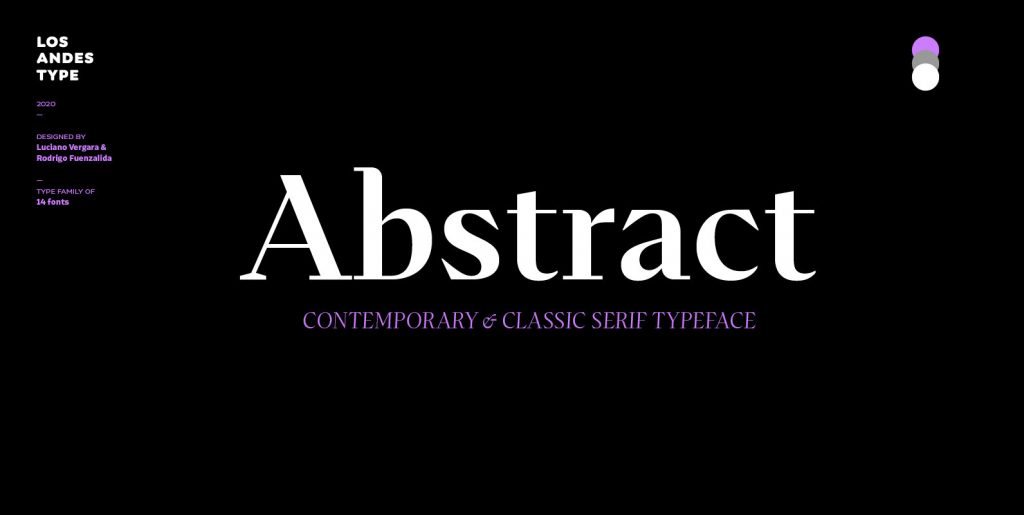This font set is inspired by the Pop artists of the 1950s and 60s. Based in the images of the popular culture, these fonts are derived from comic books, magazines, advertising, and films of the time. “Pop Art Extras” feature a variety of icons that were part of the Pop aesthetic.
This set includes: POP ART COMIC: An all caps font reminiscent of the lettering found in Comic books and inspired by the Paintings of Roy Lichtenstein. POP ART COMIC BOLD ITALIC: A bold italic version of the above. POP ART STENCIL: An all-caps font inspired by stencil lettering which appeared In many pop artists paintings and assemblages. POP ART 3-D: An all caps font which evokes the feeling of soft objects or off register silk-screen printing. (Note: This font does not contain the full international character set.) POP ART EXTRAS 52 DECORATIVE ELEMENTS: A collection of imagery which has appeared in the work of many Pop Artists.
In the mid-1950’s, Robert Rauschenberg and Jasper Johns–two young and innovative artists who admired and respected the Abstract Expressionist paintings of Jackson Pollock and Willem de Kooning– created works which bridged the way to a dynamic new movement. Rauschenberg and Johns applied paint thickly to the canvas with a freely gestural technique similar to that of the Abstract Expressionists but they also introduced and incorporated easily recognizable images as well as found objects.
At roughly the same time in England, a mid-fifties postwar giddiness with newly available consumer goods was responsible for an art movement drawing on popular cultural sources for its imagery. Magazine advertising, cartoons, and films provided the stimulus for much of the art and led Lawrence Alloway, an English art critic, to name it “Pop Art.”
By the early 1960’s in New York, several artists including Andy Warhol and Roy Lichtenstein- -working individually and unknown to each other as well as unaware of their English counterparts–arrived at the same destination. They traded less accessible, Abstract Expressionist gestural painting for easily recognizable painting styles and representational subject matter based on familiar commercial sources. As the art critic Lucy Lippard wrote, “Pop Art is instantly to the point, extroverted rather than introverted.” These artists– many capitalizing on their commercial art backgrounds– invested popular culture with a new seriousness as well as with a wit and humor that blurred the boundary between high and low art as well as the boundary between art and daily life.
Pop art was a reflection of what, nostalgically, seems to have been a more innocent and upbeat period in our recent history. A young President Kennedy had just created the Peace Corps and the Beatles had made their first successful recording, “I Want To Hold Your Hand.”

